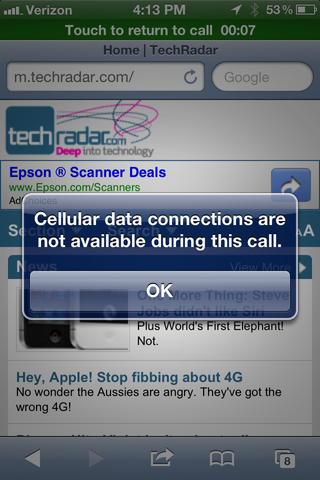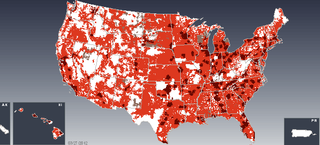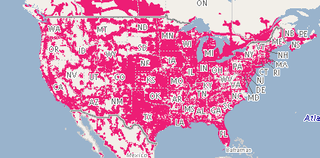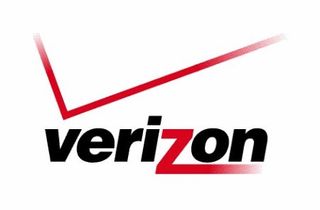Which is the best carrier in the US?
We help you choose the best phone service
We'll go ahead and pretend that price is literally no object for your data needs, and just weigh the quality of a carrier's data by its features, plans, and speed.

Verizon might have faster data speeds than everyone else - but it earns the first strike as the only network that can't talk and surf at the same time. It's a limitation of the CDMA network, and though Sprint is also CDMA their 4G phones utilize WiMAX, which allows for the talk and surf, so long as you're connected to 4G or LTE.

The dark spots are areas with 4G coverage, while the red is 3G.
Not being able to talk and surf might not appear to be a huge setback - and for many it's not. However, the first time you're looking for a pizza chain's phone number, or asked for a flight confirmation number, or driving directions - or any number of things, you'll realize the features is far more than worthwhile.
But Verizon was also the first to adopt LTE-compatible phones, starting the first quarter of 2011. They have by far the widest variety of LTE phones (we'll talk about selection in more detail later).

AT&T's LTE cities are few and far between... for now.
AT&T, on the other hand, has only recently announced their adoption of LTE. They have a very limited (but growing) number of LTE devices: the HTC Vivid, Samsung Galaxy S II Skyrocket, LG Nitro HD, and the Samsung Galaxy Tab 8.9 Tablet.
Get daily insight, inspiration and deals in your inbox
Get the hottest deals available in your inbox plus news, reviews, opinion, analysis and more from the TechRadar team.
AT&T has instead supported building out their HSPA+ service, which is almost always faster than Verizon's 3G network and, of course, allows you to talk and surf at the same time.

T-Mobile's map looks impressive, but there are no true 4G cities in site.
T-Mobile has adopted the same strategy, which basically boils down to utilizing an HSPA+ network and branding 4G all over each of their phones and service.

Sprint's 4G is WiMAX, which is faster than 3G, but no replacement for LTE.
Sprint has an entirely different way to play. Instead of posting about being the fastest, or cheapest, Sprint promises that they offer the only truly unlimited data. It's true, and it's compelling.
Sprint is in the process of rolling out LTE (by mid 2012), but are targeting different cities than AT&T and Verizon. Sprint is expecting users in Baltimore, Kansas City, Dallas, Atlanta, Houston, and San Antonio to have LTE by 2012, which makes it a smart option for users in that area.
A short word on pricing
For most users, pricing of data will matter, just as much as coverage and speeds.
Sprint Hot Spots cost $29.99 a month for 5GB a month, and a whopping $0.05/MB overage rate.
T-Mobile offers a cheap unlimited plan, but only promises your first 100MB will be at 4G speeds before throttling.
AT&T offers 5GB for $50 with $10GB for each additional GB, and become throttled if they're in the top 5 percent of data users.
Verizon recently replaced their Unlimited Data plan in favor of a tiered plan. These range from a $30 a month 2GB plan (with $10/1GB overage), up to 10GB for $80 a month. For an additional $20 a month, you can make your phone a digital hotspot, allowing you to use up to 2GBs of data connected through your phone.
Verdict

While surfing and talking might be a deal-breaker for some, we have to give this round to Verizon, who adopted the LTE standard early on.
Their 3G lags behind T-Mobile and AT&T's, but Verizon has true 4G, LTE, accessible in way more cities than their competitors.
Nic is a former Online Editor at TechRadar in San Francisco. He started as a games journalist before becoming an editor at Mac|Life magazine. He holds a degree in English Literature and English Writing from Whitworth University.
Most Popular

